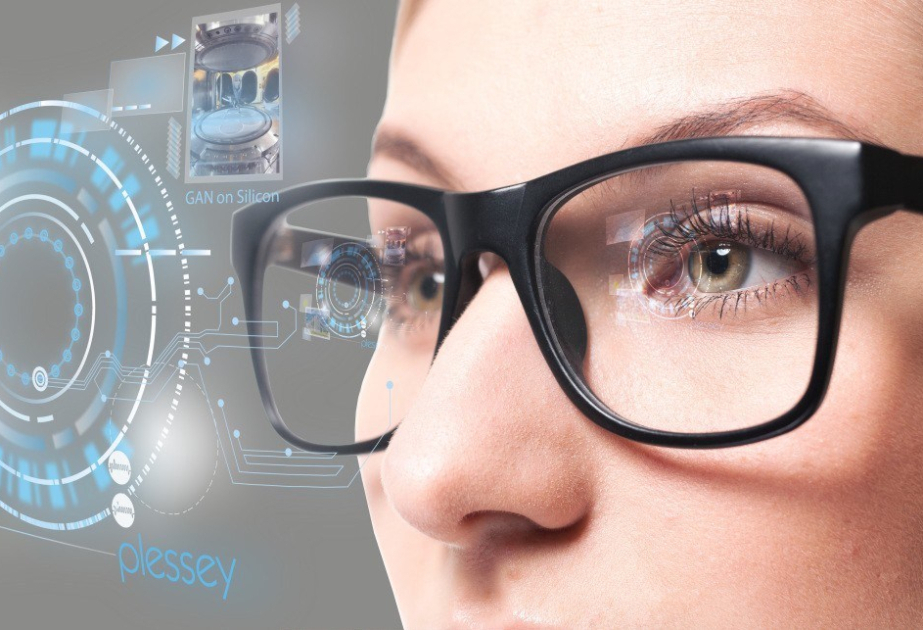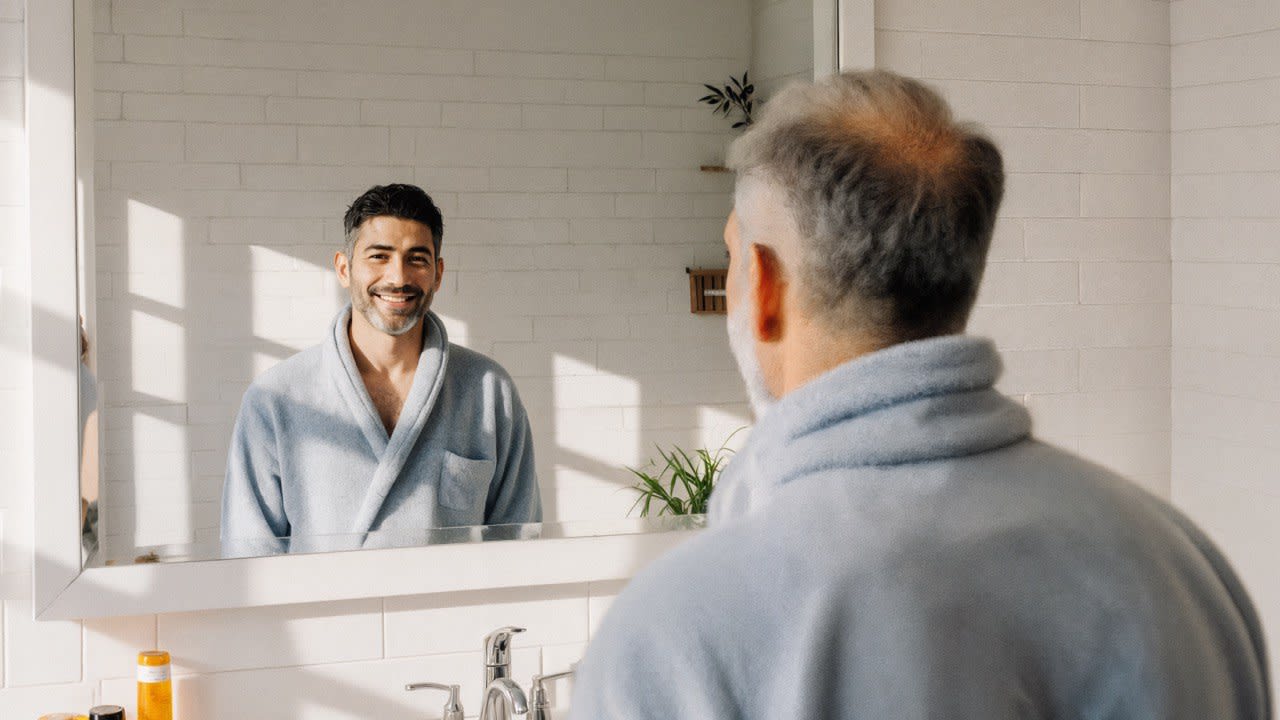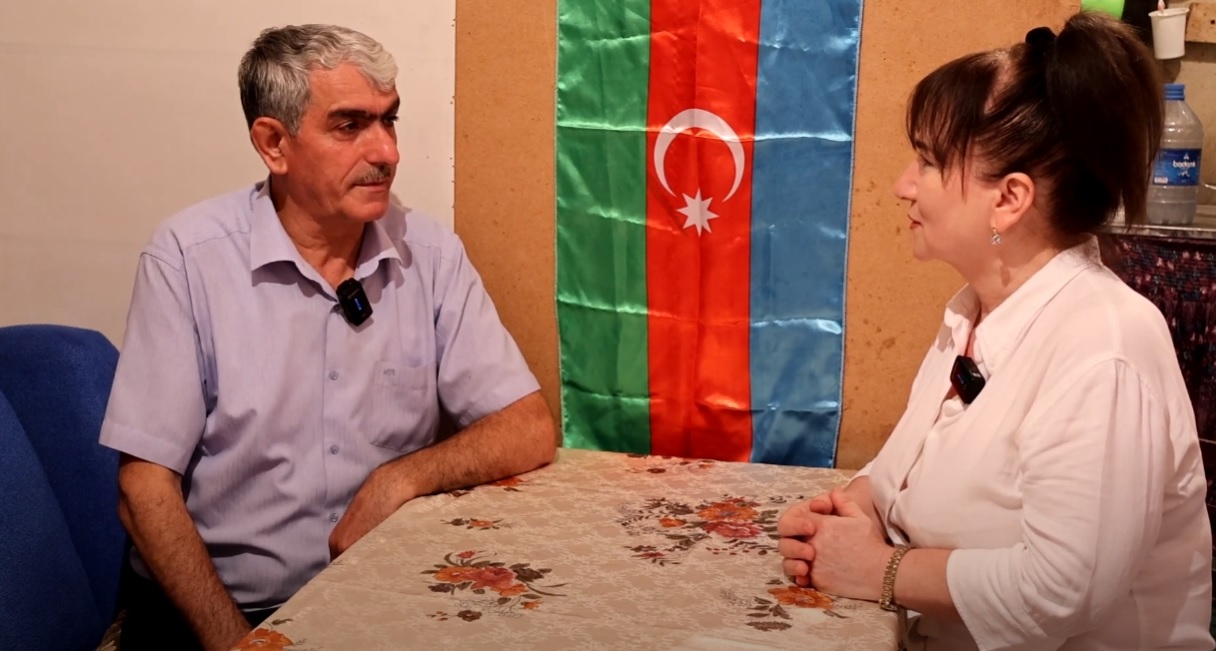It took Glenn Calverley a while to figure out he was having a stroke. It just felt like a really bad headache that wouldn't go away. But then he noticed his vision had changed dramatically and he knew something was seriously wrong.
According to Medical Xpress, a year and a half later, Calverley, 57, doesn't see colors well. He sees spots that aren't there. And there are parts of his peripheral vision—to the left and up—where he can't see anything at all.
"If I'm sitting there watching TV and the cat walks into the room, I don't see it, because I don't see out of the corner of my eye. I can be walking down the sidewalk and walk into a signpost because I don't see it," Calverley explains.
Now, a University of Alberta team is using mixed reality glasses to partially restore what's missing for people like Calverley who have lost part of their peripheral vision due to a stroke or other brain injury. The paper is published in the Journal of Neuro-Ophthalmology.
Calverley suffers from partial hemianopsia, the loss of half the visual field in both eyes, caused not by damage to the eye but to the pathways in the brain that facilitate vision. For example, if the visual fibers of the right hemisphere of the brain are damaged, peripheral vision is impaired on the left side of both eyes.
About 30% of stroke survivors experience some vision loss, according to the American Stroke Association.
Until now, the treatments for hemianopsia, such as using prisms and eye movement training, have been limited. Many patients have to stop working, and even going for a walk can be dangerous because they can't see obstacles on one side.
The research team's new software allows a head-mounted computer camera to process real-time video of the surroundings and compress the visual environment into the unaffected field of vision.
"I've been an ophthalmologist for over 25 years and regretted telling patients, 'I'm sorry, there's not much available for you,'" says project lead Edsel Ing, chair of the Department of Ophthalmology and Visual Sciences.
Unlike virtual reality glasses, which completely cover your eyes and are for gaming, you can see through mixed reality glasses and can also see superimposed images from the camera.
The prototype was tested on five patients, including Calverley, who walked a 50 meter course with four soft obstacles. Three of the participants without the glasses hit four of the obstacles, but only one participant ran into one of the objects while wearing the glasses. The median rating of how helpful the patients found the glasses was 74.3 out of a possible score of 100 (extremely helpful).
Since having his stroke a year and a half ago, Calverley has done rehab to learn how to move his head around more when he is walking so he sees a fuller field. He can't drive his car anymore, but he feels he's adapting well. He found Ing's mixed reality glasses helped, too.
Ing worked with computer engineering student Ishaan Roy, who was supervised by Mahdi Tavakoli, professor of electrical and computer engineering. Ophthalmologists Alberto Galvez Ruiz and Imran Jivraj also provided assistance.
Ing will next look for solutions to other issues some stroke and brain trauma patients face, such as twisted double vision (torsional diplopia) or constantly shaking vision (nystagmus).
"Until we can repair brain injury or somehow replace the visual pathway circuits, computer scientists and physicians should continue to innovate new solutions to make the lives of stroke and brain injury patients better," says Ing.




















